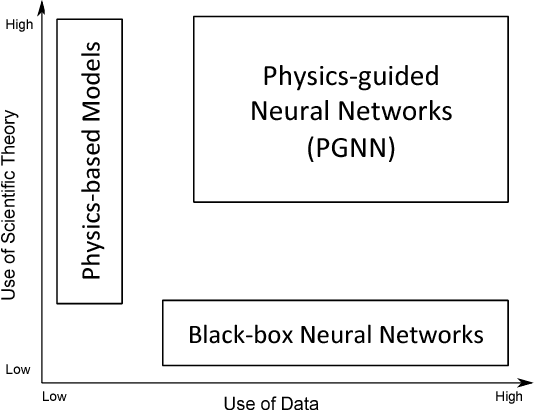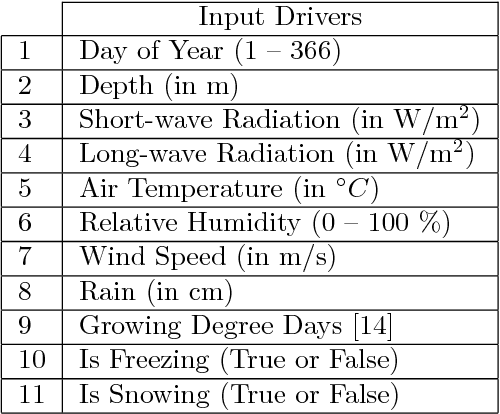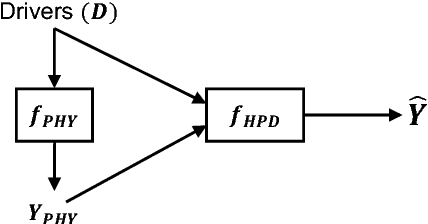William Watkins
Quantum Privacy Aggregation of Teacher Ensembles (QPATE) for Privacy-preserving Quantum Machine Learning
Jan 15, 2024



Abstract:The utility of machine learning has rapidly expanded in the last two decades and presents an ethical challenge. Papernot et. al. developed a technique, known as Private Aggregation of Teacher Ensembles (PATE) to enable federated learning in which multiple teacher models are trained on disjoint datasets. This study is the first to apply PATE to an ensemble of quantum neural networks (QNN) to pave a new way of ensuring privacy in quantum machine learning (QML) models.
Physics-guided Neural Networks (PGNN): An Application in Lake Temperature Modeling
Feb 20, 2018



Abstract:This paper introduces a novel framework for combining scientific knowledge of physics-based models with neural networks to advance scientific discovery. This framework, termed as physics-guided neural network (PGNN), leverages the output of physics-based model simulations along with observational features to generate predictions using a neural network architecture. Further, this paper presents a novel framework for using physics-based loss functions in the learning objective of neural networks, to ensure that the model predictions not only show lower errors on the training set but are also scientifically consistent with the known physics on the unlabeled set. We illustrate the effectiveness of PGNN for the problem of lake temperature modeling, where physical relationships between the temperature, density, and depth of water are used to design a physics-based loss function. By using scientific knowledge to guide the construction and learning of neural networks, we are able to show that the proposed framework ensures better generalizability as well as scientific consistency of results.
 Add to Chrome
Add to Chrome Add to Firefox
Add to Firefox Add to Edge
Add to Edge